Arabic typography is one of the simplest and simultaneously most complex forms of art. The language’s different visual reproductions and renditions are used in the world’s largest and most sophisticated museums, and studied by renowned scholars around the world. However, with the technological boom of typography and fonts, Arabic type did not get the same attention that other languages have gotten, leaving the design world with few Arabic typefaces to choose from.
Research labs like The American University in Cairo’s TYPE Lab are dedicated to changing that, by researching the deep history of the art, and making its visual knowledge available to scholars and designers across the Arab World. Typography and calligraphy can be found anywhere, from monuments to store fronts and street signs, and for hundreds of years, Egypt has been a rich landscape for the Arabic letter.
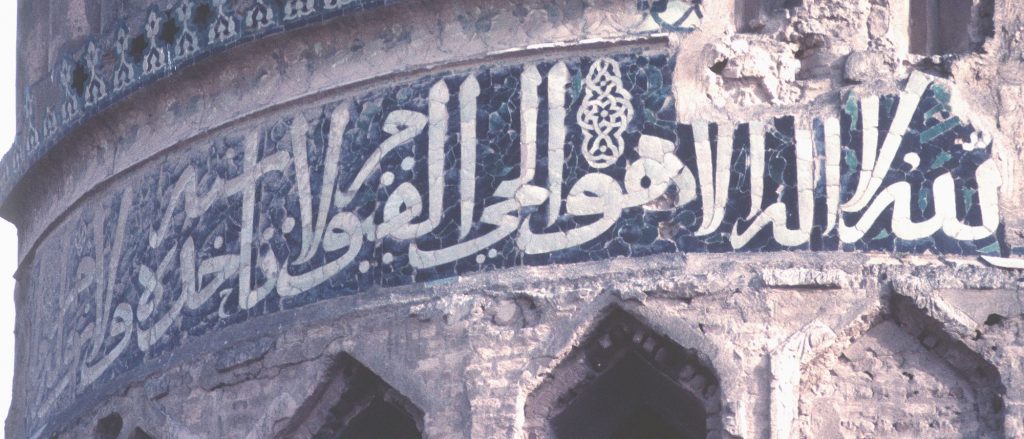
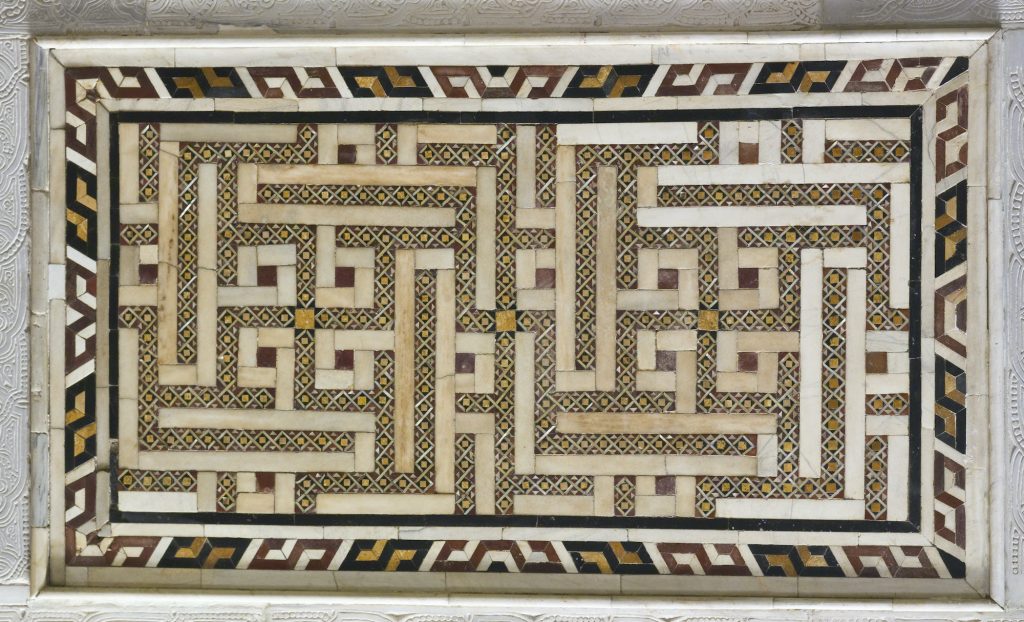
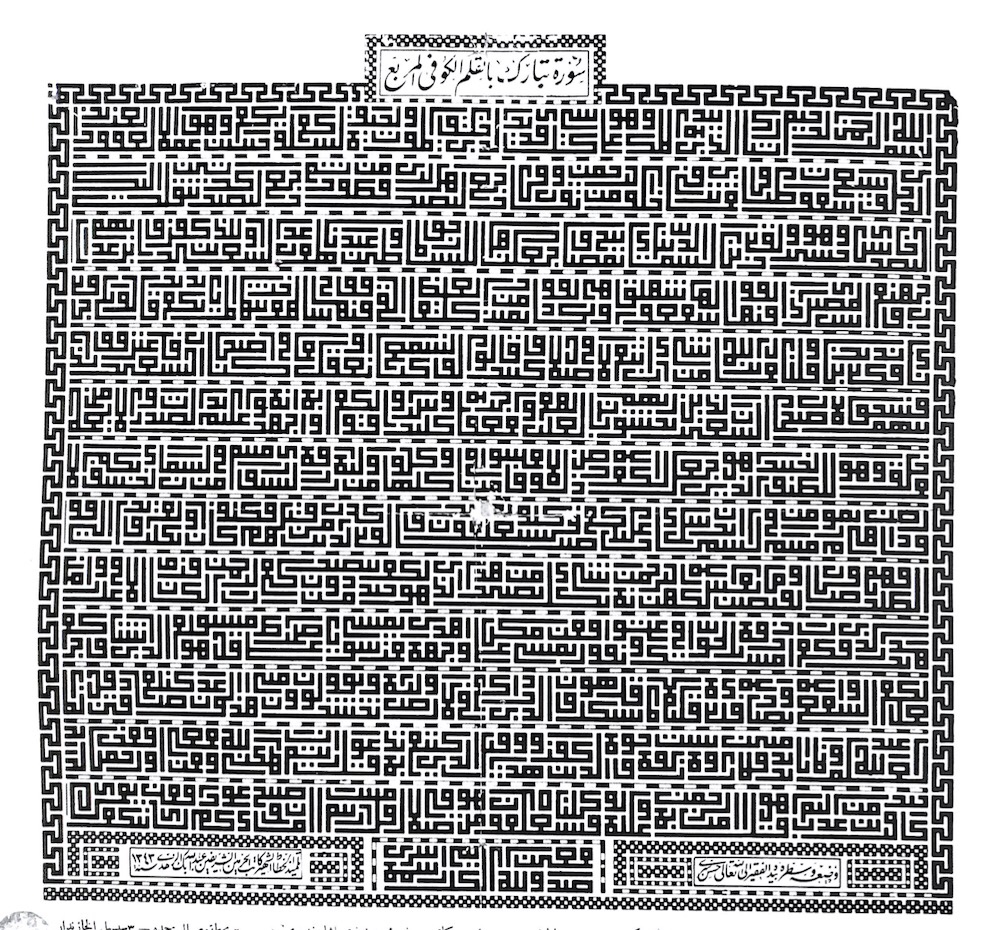
“The Arabic letter started as hand lettering then the whole world advanced with the Guttenberg printing press. The Arab world was very late, though, because the Ottomans did not want to eradicate calligraphers’ jobs. At the time of Mohamed Ali Pasha was when there were finally printing presses like the The Amiri Press that used punch cutters,” said TYPE Lab’s Lead Designer and Researcher Sarah Shebl.

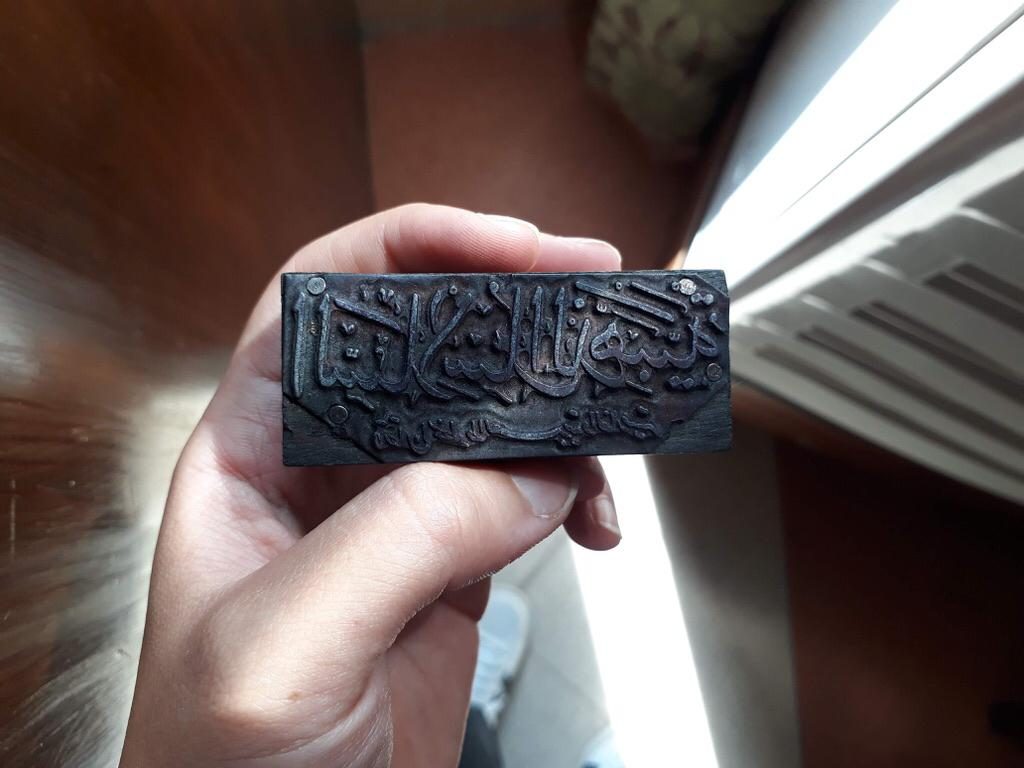
“The way these punch cutters are used is they put ink on it and they print out and mass produce books from them. At this time, they really cared about caligraphy and they don’t want to kill the profession, so there were many calligraphy schools. Simultaneously, King Farouk and Khedive Ismail really appreciated typography and script and they had their own monograms that calligraphers would make for them,” Shebl added.
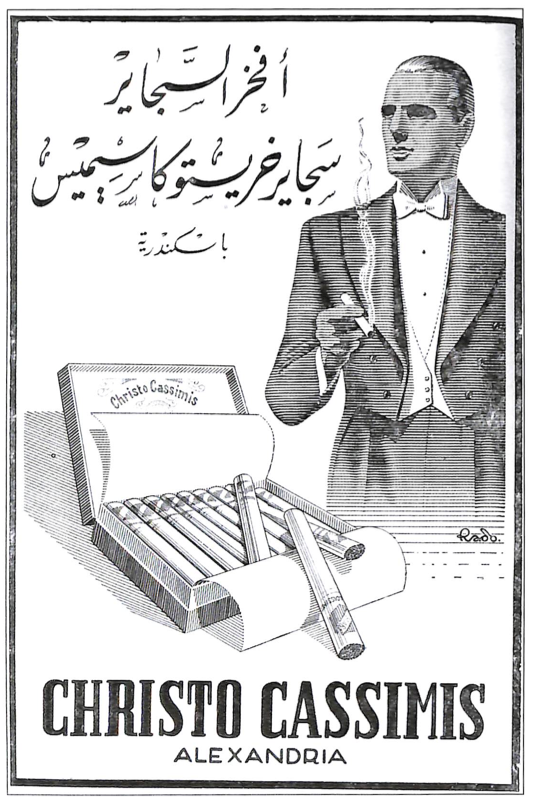
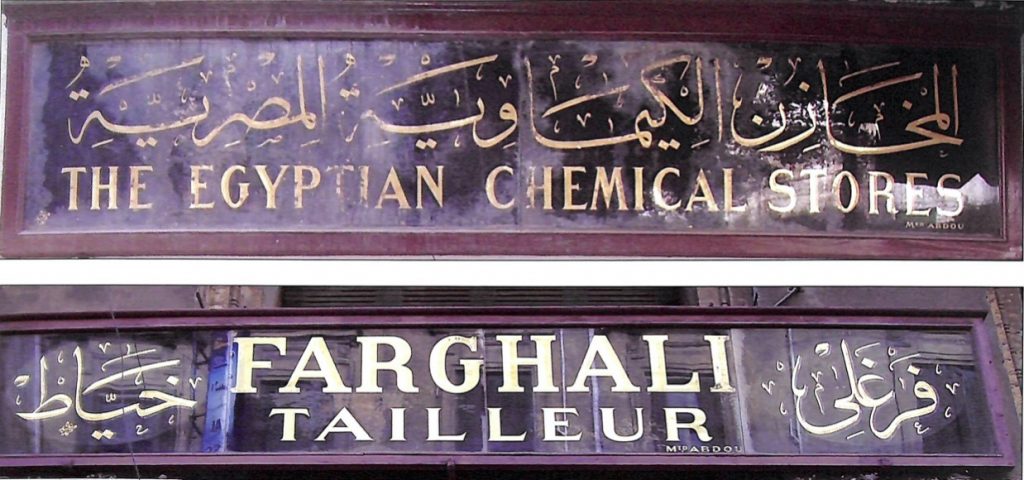
“Egypt was one of the countries that most prioritized the technology of the printing press while still preserving written calligraphy. However now, the product available from typefaces, type design, and fonts is not as high quality as it was a long time ago. There was a big drop. But still, there’s a lot you can find on the street, from history and from right now,” Shebl said.
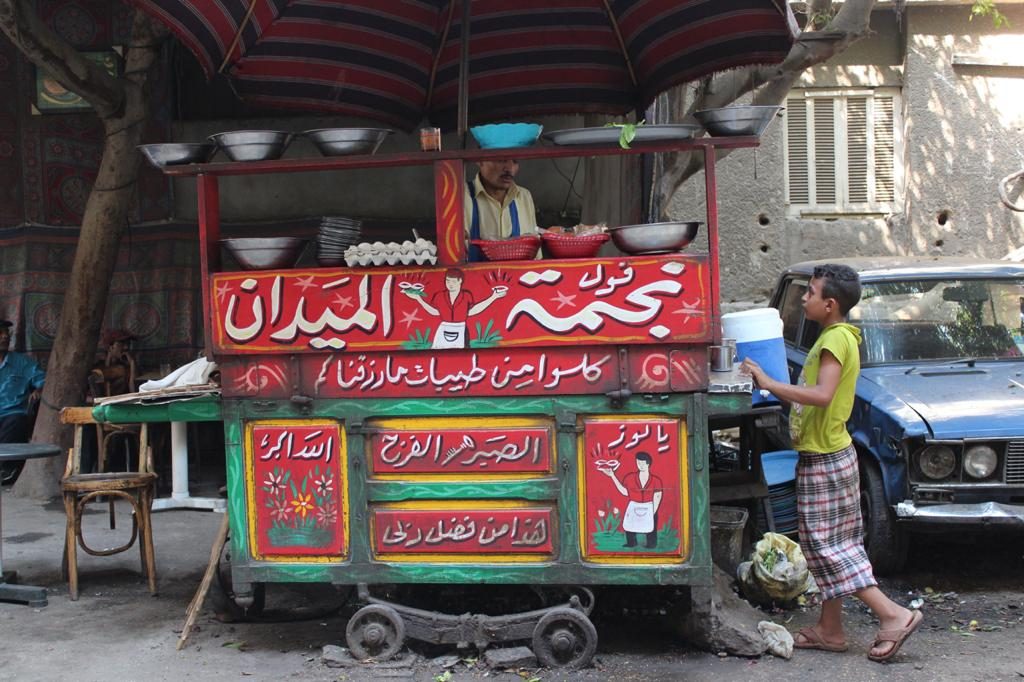
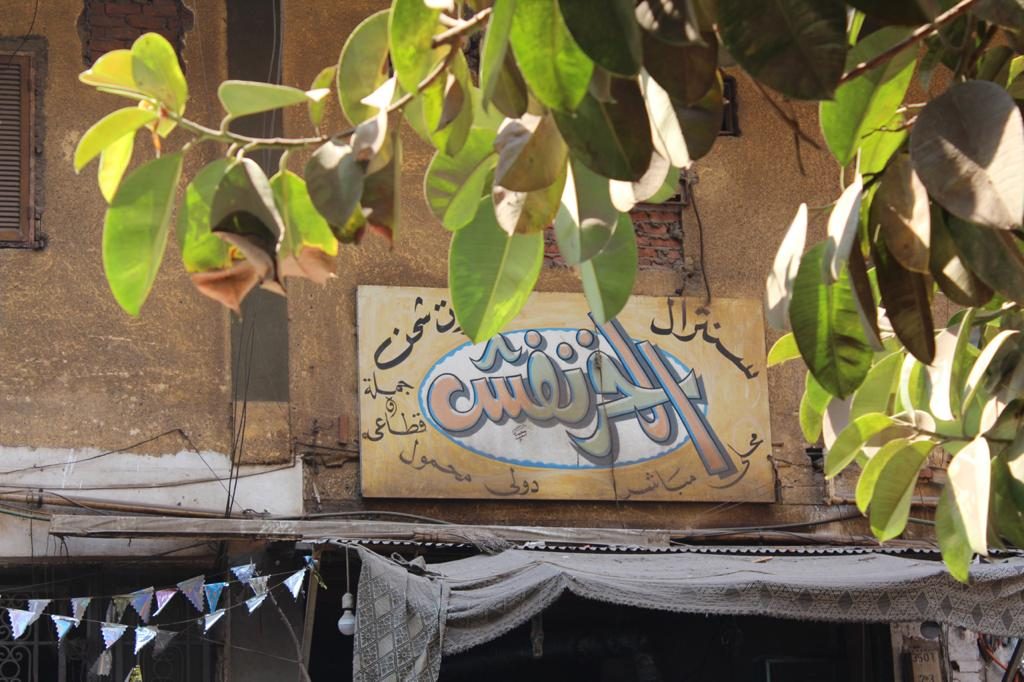
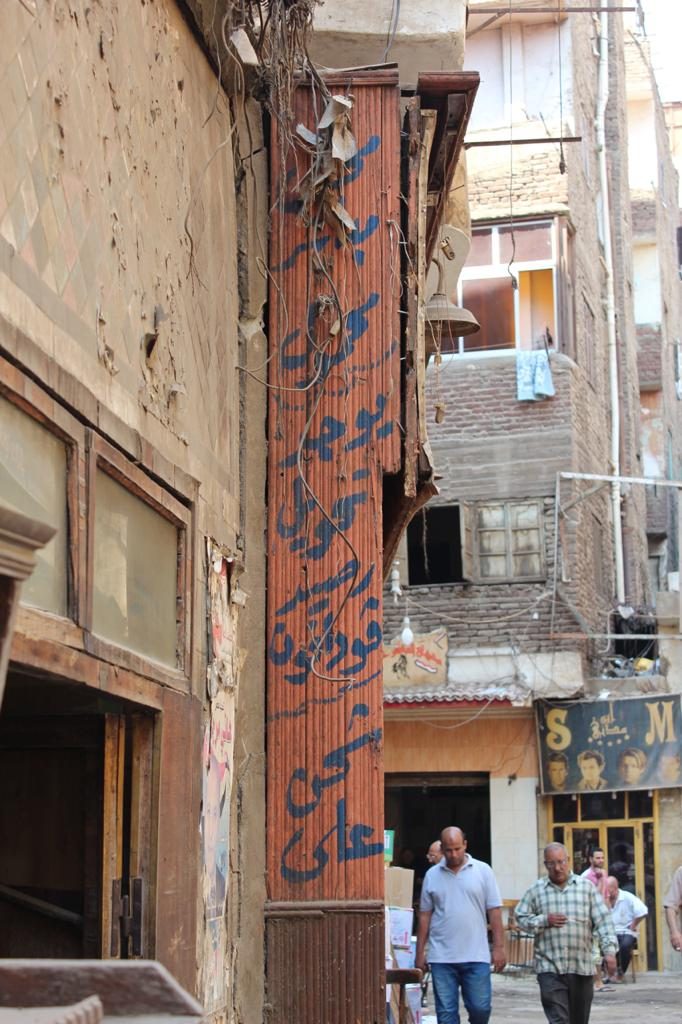
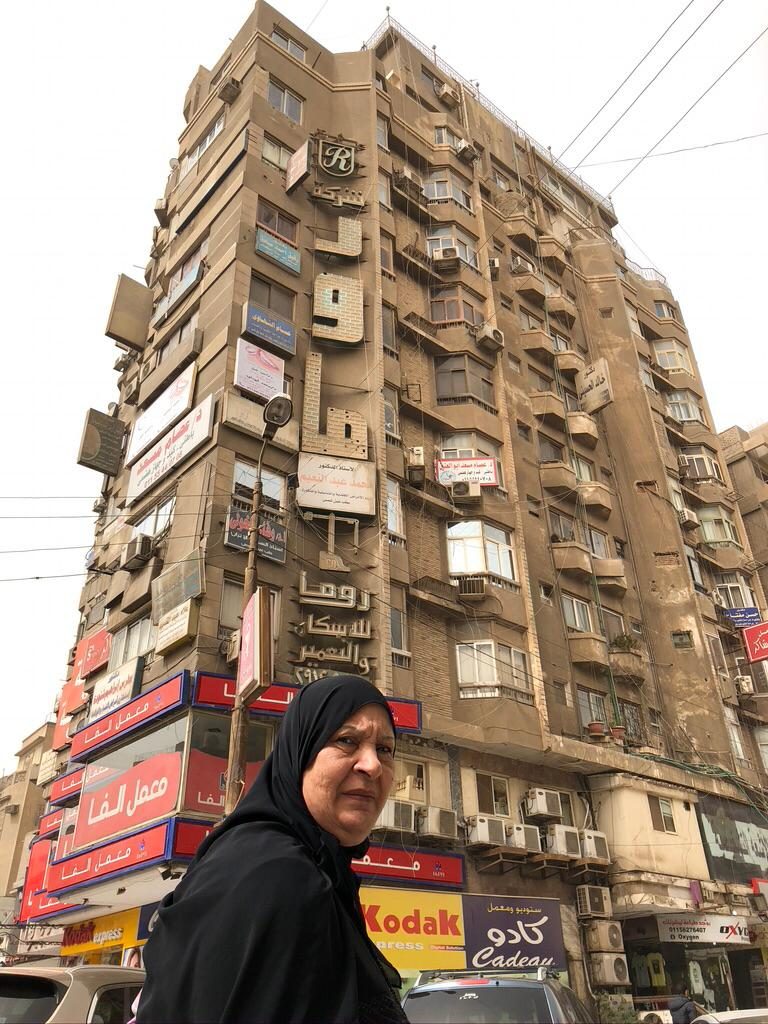
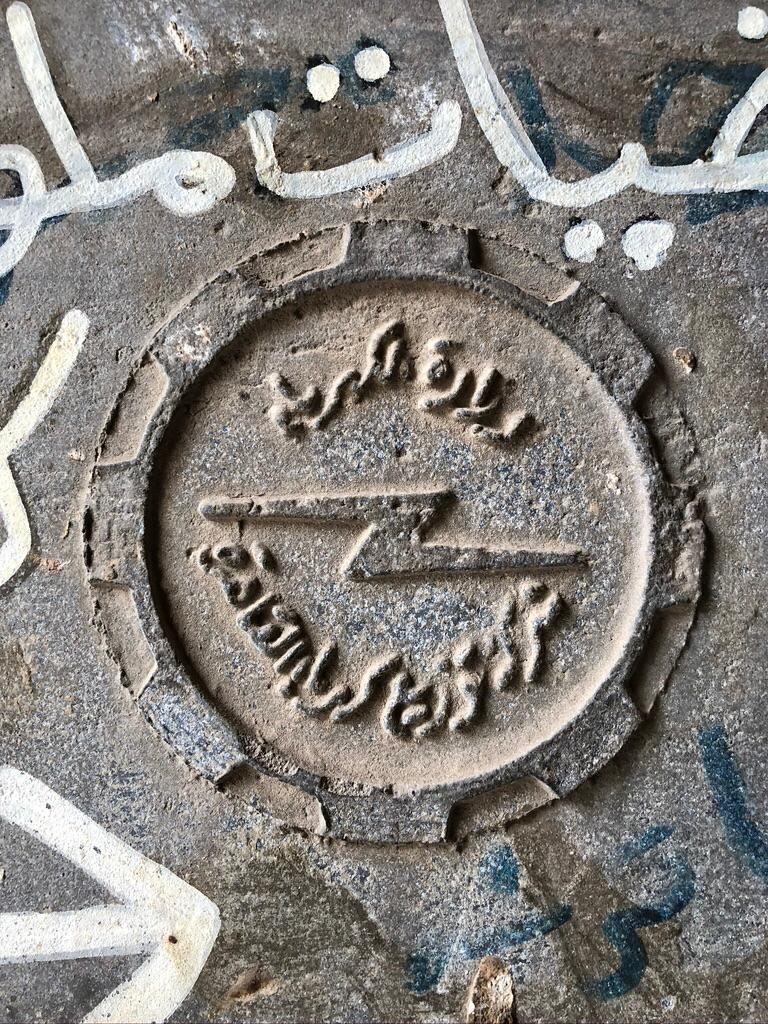
Thanks to Sarah Shebl, AUC’s TYPE Lab, Professor Bernard O’Kane and Historian Mohamed Hasan for the photographic research.






Comments (3)
[…] intertwining design and language, typography is a captivating type of visual art. In every corner in Egypt, there are elements of Arabic […]
[…] SOURCE: EGYPTIAN STREETS […]